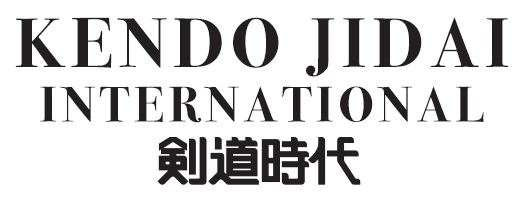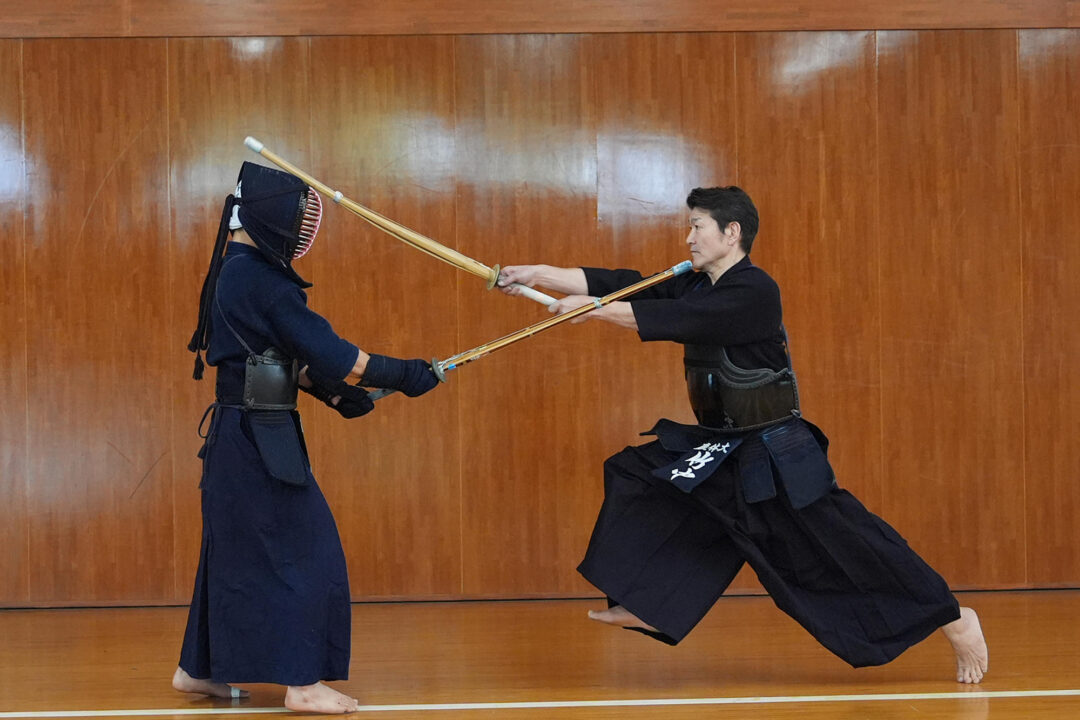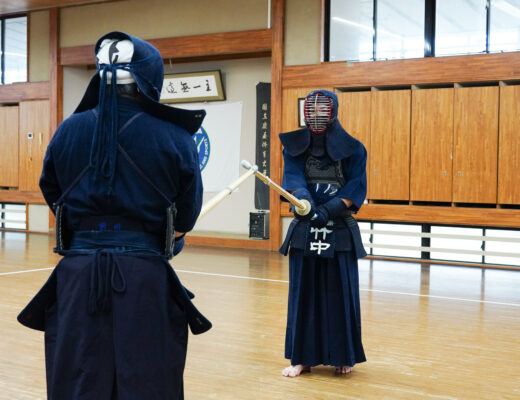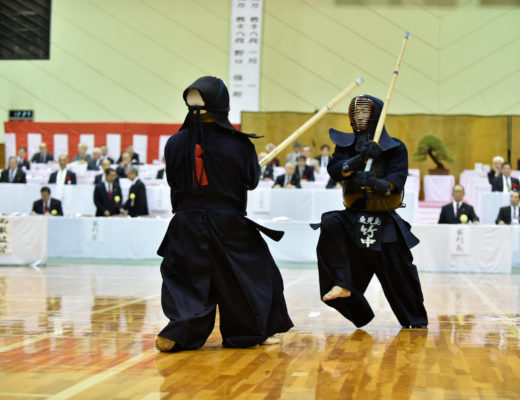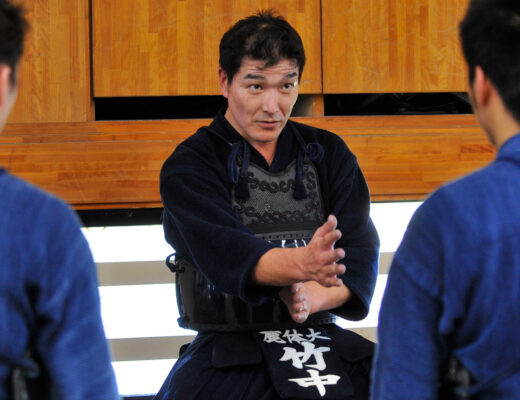2025.10 KENDOJIDAI
Photography: Sasai Takamasa
*Unauthorized reproduction or use of any images in this article is strictly prohibited.
“I want my students to acquire techniques that will serve them throughout their lives. Among them, Debana-waza is one of the most important,” says Takenaka Kentaro, who will serve as head coach of the Japan Women’s National Team at the World Kendo Championships in two years. To deliver a valid strike, one must take risks and commit fully to the technique. We asked him about the importance of this principle.
Takenaka Kentaro, Kyoshi 8th Dan
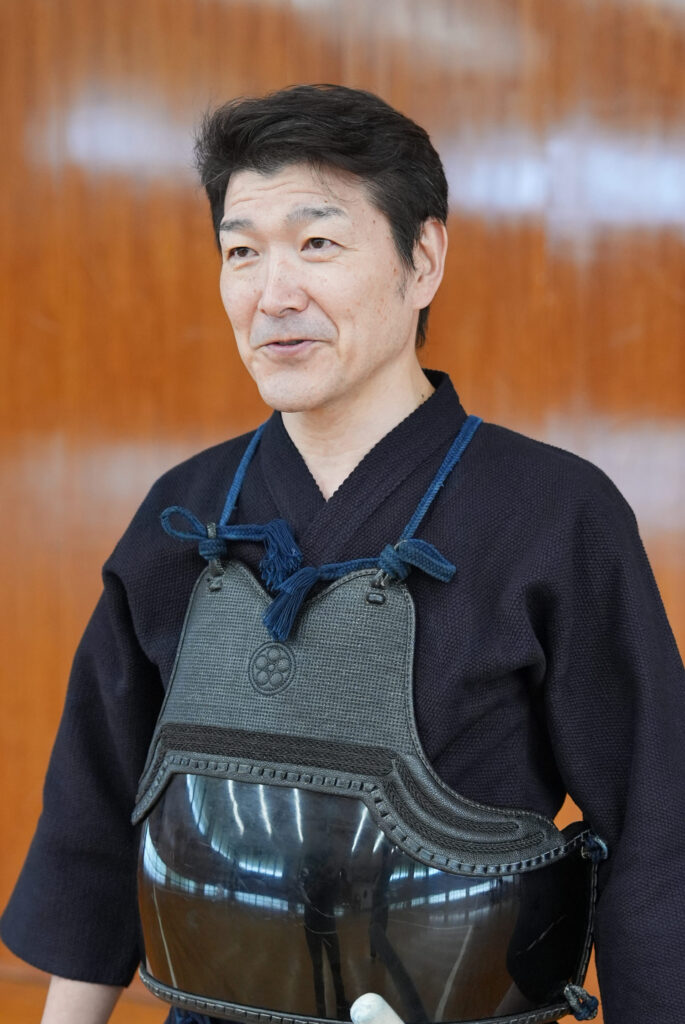
In Kendo, what is required is a strike born of inevitability, and I strive to teach my students the concept of “winning before striking.” To do so, one must not act on impulse, but instead seize the true opportunity to strike. Such opportunities include the moment an opponent begins a technique, when their technique has ended, when they retreat, or when they receive a strike. The ideal is to develop the ability to respond with precision and apply techniques appropriately in each of these situations.
In recent years, I have noticed that when training with high school and university students, many tend to rely on one-sided techniques such as attacking Men to draw the opponent’s attention and then striking Kote, or feinting to Omote and striking Men from Ura. These techniques may seem effective at first glance because they carry little risk of being struck, but in reality, they depend heavily on speed and power. Since speed and power have their limits, it is important to progress to the next stage by learning to sense the opponent’s condition and seize the openings that naturally arise from it.
At the National Institute of Fitness and Sports in Kanoya, many students go on to become Kendo instructors after graduation, guiding the next generation. For this reason, I teach with the hope that they will acquire techniques that will serve them throughout their lives.
In Kendo, there is a saying that “the place where you can strike is also the place where you can be struck.” A truly recognized ippon is born only when you commit to your technique with full awareness of the risk involved. The technique that best represents this idea is Debana-waza. It requires sensing the opponent’s mental state and drawing out their movement, which makes it a highly difficult technique to master.
I describe this willingness to take risks as striking in the space between offense and defense. When you capture that fleeting moment where the difference between striking and being struck is almost imperceptible, a truly effective ippon can be achieved. This is especially true in Dan examinations, where you face opponents of the same rank and a higher level of skill is required. You must hold your technique until the very last moment and execute it with resolve, accepting the risk that comes with it.
Therefore, in daily practice, it is important not to fear being struck, but rather to take the initiative and actively attempt Shikake-waza. To practice this kind of Kendo, both partners must connect their energy and engage in mutual Aiki and Seme. When you can strike from within this shared tension, even if your strike does not land precisely on the target area, you can still finish the movement with good form and strong intent.
When closing the distance during offense and defense, it is crucial to take small, controlled steps and always keep the left foot ready to strike. If the left foot becomes loose, it will be difficult to deliver an accurate strike once you enter striking distance. Conversely, a good technique naturally occurs when you have won the exchange of pressure and seized the right moment to strike. Such a perfect ippon is rare, but I believe that continuing to pursue this ideal through practice is what makes Kendo truly profound.
Strike by Firmly Pushing Off with the Left Foot
The rest of this article is only available for Kendo Jidai International subscribers!
